We’re excited to introduce you to the always interesting and insightful Harrison Freeman. We hope you’ll enjoy our conversation with Harrison below.
Alright, Harrison thanks for taking the time to share your stories and insights with us today. Are you happy as a creative professional? Do you sometimes wonder what it would be like to work for someone else?
I think a lot of artists struggle with choosing between a consistent paycheck and doing what they might consider to be more fulfilling work. I actually have a regular job and I have plenty of time to do my art as well. You can have both. I’ve been with the same company for over 10 years.
I started a few months after I graduated from college and was able to grow within the company while also building up my freelance career. I took small freelance jobs as they came along and worked Monday – Friday for slightly more than minimum wage. I stuck with my company and with my art and now I am the manager of my team and I have a healthy stream of secondary income through my freelance projects. I have health insurance, paid time off, and I’ve built a solid work/life balance that allows me to keep my art from feeling like a side hustle or a chore. It remains something I want to do, which is important for anyone who doesn’t want to lose that sense of fulfilment art can provide.
I also realize that not everyone is as lucky as I am to have found a career that allows me to have both. I still had to work really hard to get where I am and I continue to do so. But I can tell anyone who is struggling with that choice that it is possible.
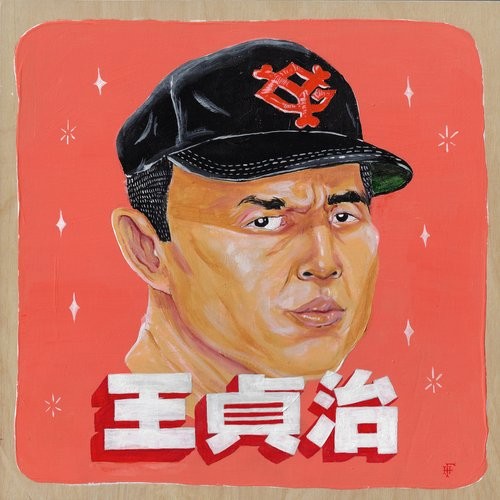
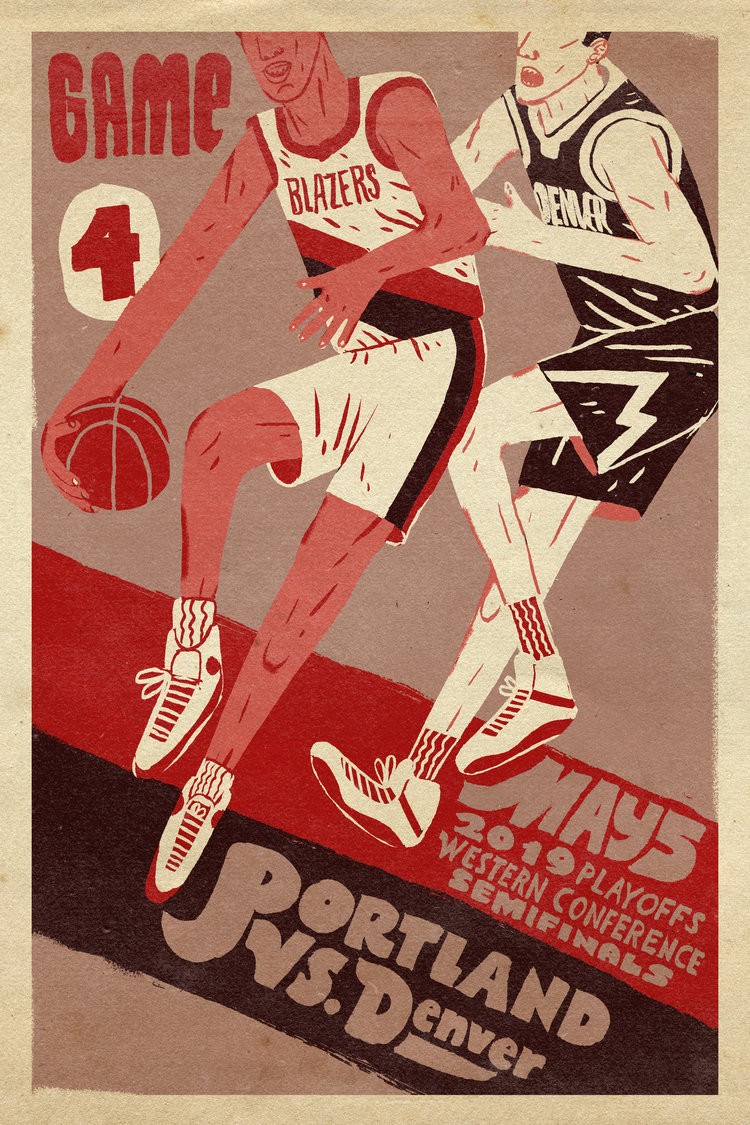

Harrison, before we move on to more of these sorts of questions, can you take some time to bring our readers up to speed on you and what you do?
I’ve been drawing and painting pretty much my entire life, but I didn’t consider it a career option until I started going to college. I took a few classes at a community college and through that I started to consider getting a degree and making art my primary focus. My cousin and I were both interested in the same school (Art Center in Pasadena) and so we applied and were accepted. Through my time in school I began to understand how my art could become a career. I met a lot of talented people and learned about the business side of being an artist. I began to really develop a style with my drawing and painting and I also began to understand what it was I was interested in creating.
I took a few internships while I was in school as well. That was really helpful as far as seeing different kinds of art careers in practice. I was able to sample a few possible futures and see what interested me the most. One internship in particular was with a magazine. Through that I really became interested in editorial illustration and I started emailing creative directors and doing small freelance illustration projects.
At first, I took almost every job that came my way because I really needed the money. A lot of people will tell you not to do this but it’s hard to say no when you have student loans to pay. But eventually I started getting projects I genuinely wanted to work on. And the more I worked, the more work started coming to me. I sent fewer cold call emails to art directors and I began to build a steady stream of reliable repeat customers. It took several years and a lot of questioning my ability and talent but eventually the work became steady and the stress levels dropped.
When you start out, people are less familiar with your work and so you get jobs that may not be suited to your individual style. I did a lot of work where I was asked to mimic a style as opposed to using my own. This was especially discouraging early on. But again, over time I got projects where I was brought on specifically because of my style and my interests. I really love sports and pop culture, and as my portfolio developed, I began to get more work related to those subjects. Now that is basically all I do and I love it. I get to work for publications and companies that are interested in the same things I am interested in and the creative process is really collaborative. It’s intensely satisfying to create art for things I am actually a fan of.
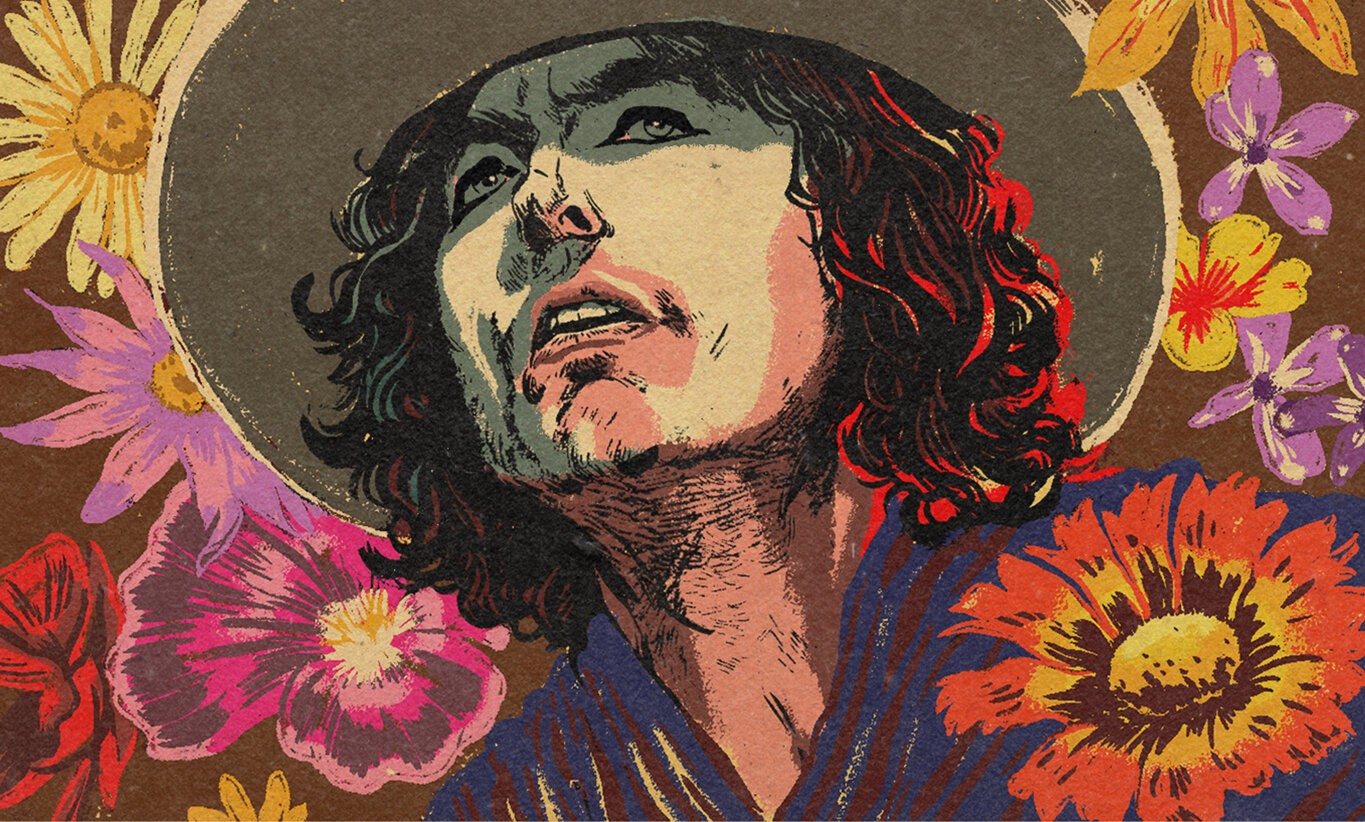
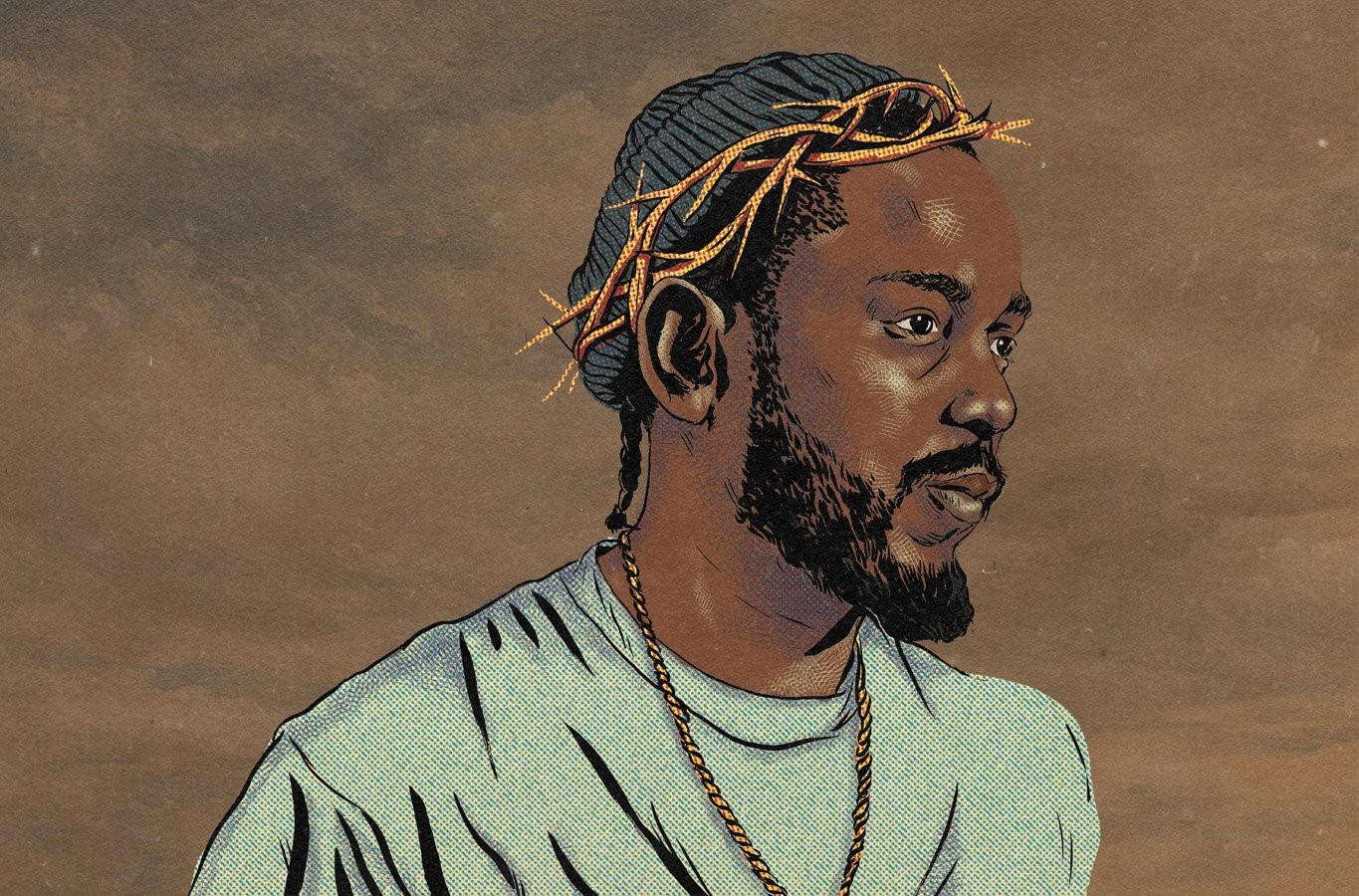
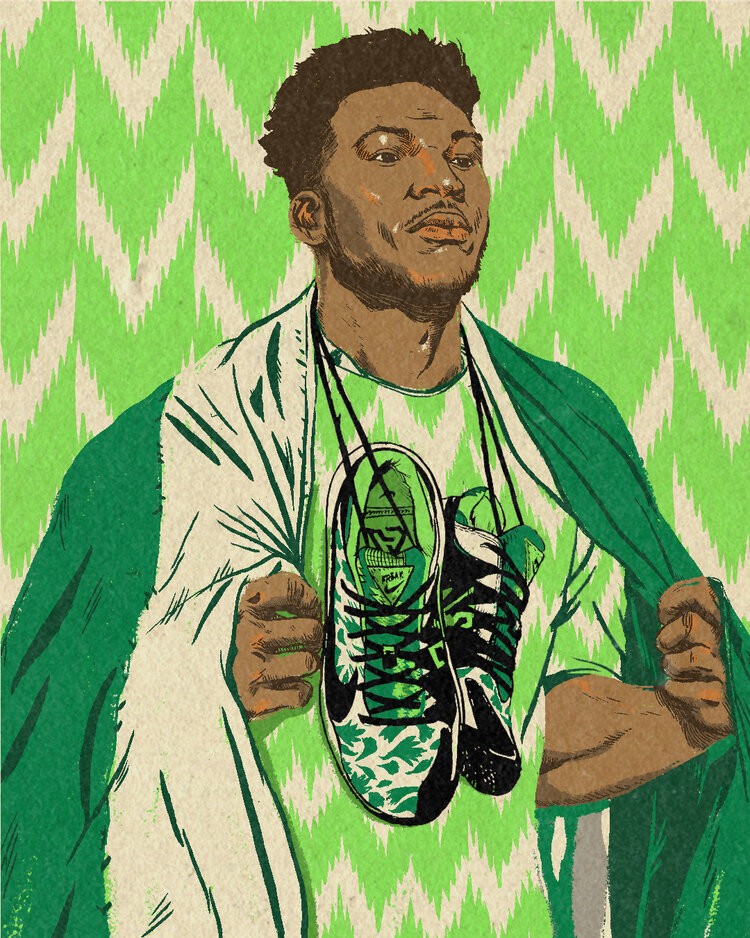
In your view, what can society to do to best support artists, creatives and a thriving creative ecosystem?
Pay artists. Art is a skill that is honed over time and like any trade skill, practitioners should be paid appropriately. With things like AI being propagated through social media, we are normalizing the theft of intellectual property and threatening the livelihoods of people who have spent years developing their skills. We as a society need to recognize that the novelty of AI-created art is only possible because of the work human beings have poured their time and energy into first.
Any insights you can share with us about how you built up your social media presence?
I wouldn’t say my social media audience is that impressive to begin with. I built it the same way most people did at first. Following friends and people who were making things I enjoyed. I think a more important question to ask is why you are trying to grow that audience in the first place.
If you are seeking a large number of followers as a feather in your cap or some kind of validation, that’s fine, but it’s secondary to the creative process. If you create things people like, you won’t have to worry about growing your audience. People will find you and it will grow organically and proportionately. If you focus on audience growth rather than the content you are creating, you may lose sight of why you make art in the first place.
Contact Info:
- Website: https://www.harrisonfreeman.com/
- Instagram: @harrisonefff
Image Credits
All of the artwork provided are original works by me. They were created for various publications and/or gallery exhibitions.


